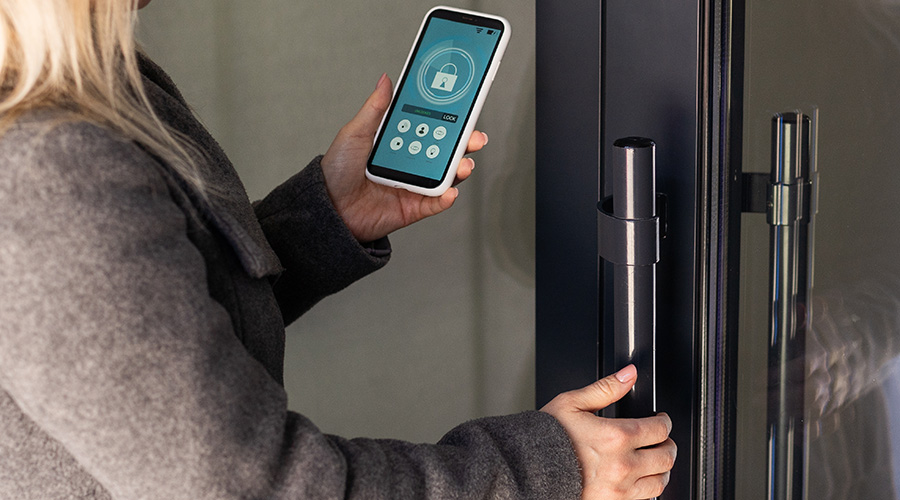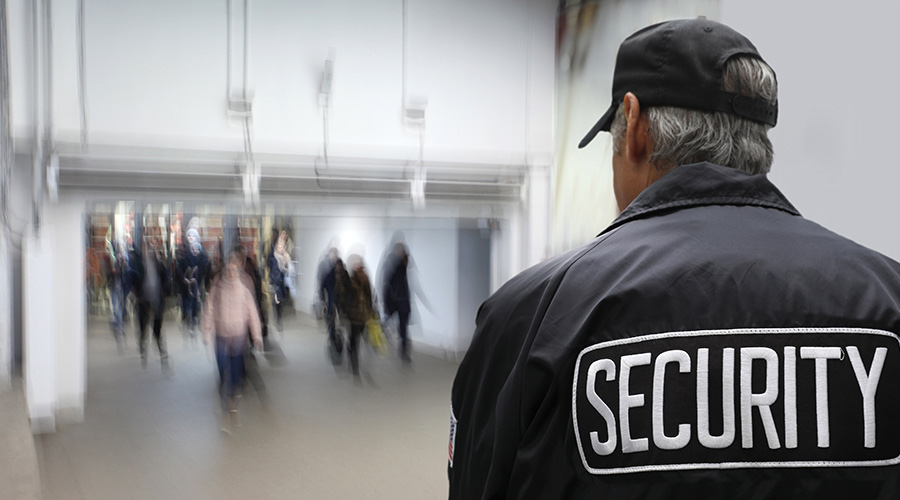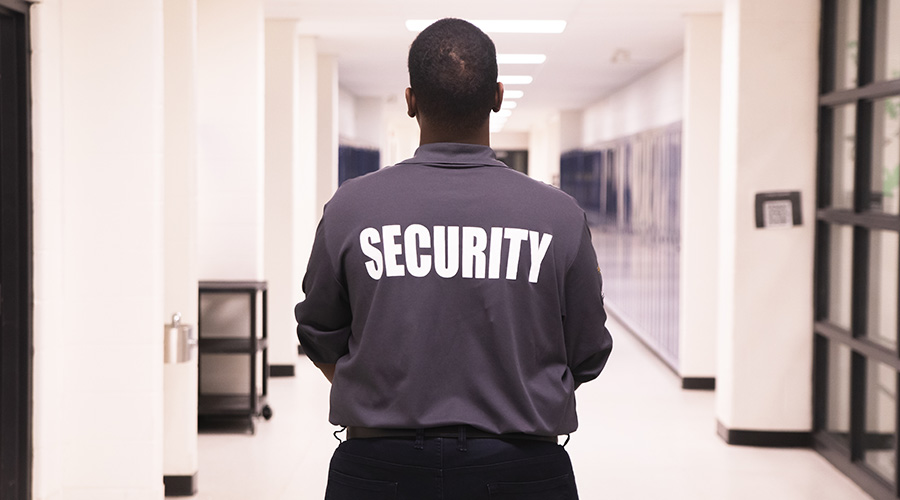Six Steps to Implementing Occupancy Assurance
Achieving occupancy assurance in an open environment requires careful planning and analysis. Typically there are six steps involved in the development process.
1. Access Analysis. In this important first step, the planning team studies the flow of personnel and vehicles into the operating environment. The objective is to define the rhythm and pulse of the operations. Access for the perimeter of the overall property should be studied, including the building perimeters, floor levels, and on a room-by-room basis. Factors such as departments' access level, access groupings, time of day/night and seasonal fluctuations should be analyzed. This is achieved by reviewing access records, interviewing personnel, and conducting observational studies. The result is the documentation of the current flow of vehicles and personnel throughout the operating environment.
2. Existing Security Program Study. This step involves the analysis of existing security programs including access control systems, CCTV camera systems, physical security barriers, security personnel deployment, security policies and procedures, emergency response capabilities, security command systems, and end-user adherence to security protocols.
3. Occupancy Assurance Plan Development. With an understanding of the personnel flow and the existing security program, the team can prepare the Occupancy Assurance Plan. The plan allows for more effective and efficient monitoring and control of access and egress in order to achieve the appropriate level of access assurance for the given operating environment. Open environments such as exterior areas, cafeterias, classrooms and lobbies may be monitored with a combination of police or security personnel and properly deployed CCTV cameras. Closed environments such as graduate student laboratories may have multiple layers of security such as security check points, CCTV cameras, security personnel, and access control systems limiting access to authorized personnel only.
4. Implementation Planning. Achieving occupancy assurance can be expensive and time-consuming. Therefore, it is typically best to have a multiyear implementation master plan. Early phases of the plan can focus on achieving occupancy assurance at building perimeters and the highest-volume access and egress points. Solutions typically include a combination of signage, door configuration, door hardware, access control readers, CCTV cameras, policies and procedures, security system programming, security personnel deployment, and other countermeasures as appropriate. In later phases of the plan, occupancy assurance can be achieved at deeper levels of the facilities and may include the implementation of a security operations center.
5. Procurement, Procedure Development and Training. To ensure systems are properly deployed, a detailed technical specification should accompany the master plan. This should include typical designs for CCTV cameras, access control systems, networking, door types, turnstiles, programming schedules and wiring requirements. Procedures for security personnel and end users should also be developed. These procedures should be communicated as early as possible to end users. It is important to explain that the enhancements are being made for safety and security purposes. Privacy statements and CCTV camera image and access data policies should also be developed. Some organizations have gone so far as to limit CCTV and access control data to criminal investigations only, deciding not to utilize this data for reviews of workplace performance such as tardiness, excessive breaks, etc.
6. Building Occupancy Assurance Testing. The security systems, processes and procedures deployed to achieve occupancy assurance should be tested to ensure that the desired outcomes are being achieved. Additionally, testing should continue to be done periodically, as occupancy requirements and access flow can change, threats are constantly evolving and security systems are continuously being enhanced.
Related Topics:













